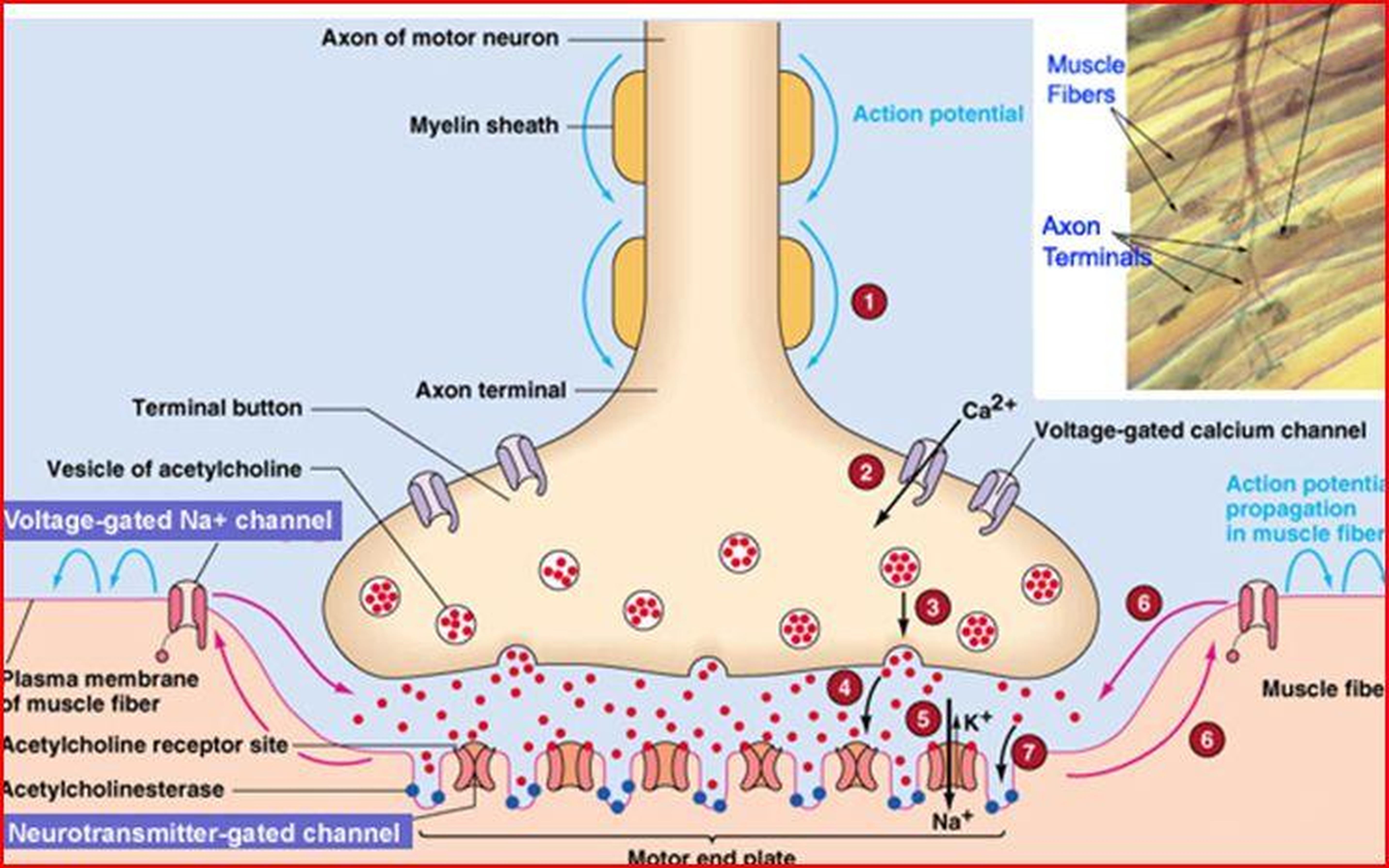
Have you ever pondered the intricate ballet of movement that your body performs daily? Each step you take, each gesture you make, is orchestrated by a dynamic symphony of skeletal muscle tissue. Understanding which actions are attributed to this fascinating type of muscle can not only illuminate how you engage with your physical world but also challenge the conventional narratives surrounding fitness and bodily autonomy. Let us embark on a journey to explore the myriad actions completed by skeletal muscle tissue and discover how our bodies create movement.
1. The Anatomy of Movement
To grasp the role of skeletal muscle in motion, one must first appreciate the anatomy of muscle tissue itself. Skeletal muscles, which are invariably striated, are under voluntary control and directly attached to bones via tendons. This anatomical connection forms the foundation of movement. Skeletal muscle fibers contract in a highly coordinated manner—facilitated by neural impulses from the central nervous system—enabling us to perform both gross and fine motor tasks.
2. Contraction Mechanisms: How Muscles Work
At the core of muscle action lies the process of contraction. This begins with the nervous system sending a signal to the muscle fibers, causing them to shorten and generate tension. The interaction of actin and myosin filaments—proteins essential for contraction—plays a pivotal role here. When muscle fibers contract, they pull on bones, resulting in movement at joints. This intricate mechanism allows us to engage in various activities, from running to writing.
3. Types of Skeletal Muscle Actions
Skeletal muscle actions can be categorized into three main types: concentric, eccentric, and isometric contractions. Each type serves distinct functions and purposes in bodily movement.
- Concentric Contractions: These occur when a muscle shortens as it generates force. Picture the powerful action of lifting a heavy weight; the biceps brachii contracts concentrically to bend the elbow. This type of contraction is central to actions requiring strength and agility.
- Eccentric Contractions: In contrast, eccentric contractions happen when a muscle lengthens while under tension. Imagine gently lowering a weight back to its starting position; the muscle is still exerting force but is elongating. Eccentric movements are crucial for deceleration and stabilization, allowing the body to control speed and maintain balance.
- Isometric Contractions: These contractions occur when a muscle generates force without changing length—like holding a heavy object in place. This action is essential for maintaining posture and providing stability for surrounding structures.
4. The Role of Skeletal Muscles in Human Mobility
Movements in daily life are primarily facilitated by the skeletal muscle tissue. Walking, for instance, is a complex, coordinated effort involving the contraction of various muscle groups. The gluteus maximus, quadriceps, hamstrings, and calf muscles work in harmony to propel the body forward. Each muscle group’s involvement in such a fundamental movement underscores the significance of skeletal muscle in our overall mobility.
Furthermore, activities like running, jumping, and climbing engage skeletal muscles in an even more dynamic fashion. The rapid firing of muscle fibers generates explosive power, demonstrating the remarkable capacity of skeletal tissue to facilitate athletic endeavors. Challenging oneself to enhance these muscle actions can lead to increased strength, agility, and endurance.
5. Posture and Core Stability: The Unsung Heroes of Movement
While much focus is placed on flashy movements and athletic achievements, the role of skeletal muscle in maintaining posture and core stability is equally crucial. The core musculature—composed of muscles like the rectus abdominis, transverse abdominis, and various obliques—engages isometrically to stabilize the spine and pelvis during movement. This foundational support is essential for injury prevention during dynamic activities and helps maintain an upright posture during sedentary tasks.
Challenge yourself: Are you aware of the role your skeletal muscles play in daily postural alignment? Consider integrating core stabilization exercises into your routine to enhance body awareness and promote better posture.
6. The Mind-Muscle Connection: Enhancing Movement Efficiency
Engaging in exercise is not solely about physical exertion; it also encompasses the critical element of the mind-muscle connection. Being cognizant of which muscles are activated during a particular movement can lead to improved performance. When individuals consciously focus on the specific muscle groups being utilized, they can optimize the quality of contraction and, subsequently, the effectiveness of their movements.
Animators of muscle activity, such as resistance training, benefit immensely from this connection. As one learns to isolate and control muscle actions, movement becomes more efficient, contributing to strength gains and overall athleticism.
7. Conclusion: Embrace the Power of Movement
The capacity for our bodies to move is an astonishing feat of biological engineering, driven largely by skeletal muscle tissue. From the subtlety of a delicate hand gesture to the power of a sprint, our muscles are integral to how we navigate our environment. By understanding the multifaceted nature of skeletal muscle actions—ranging from concentric contractions to the importance of postural support—you can appreciate the complexity and beauty of bodily movement. Furthermore, consider this your invitation to explore the potential of your own muscles through mindful engagement, repetition, and strength training.
As you embark on this exploration of movement, may it open new avenues of inquiry and appreciation for the dynamic capabilities of your skeletal muscle tissue. What is your next challenge? Will you seek to refine your movements, enhance your strength, or simply celebrate the marvels of your own anatomy?
